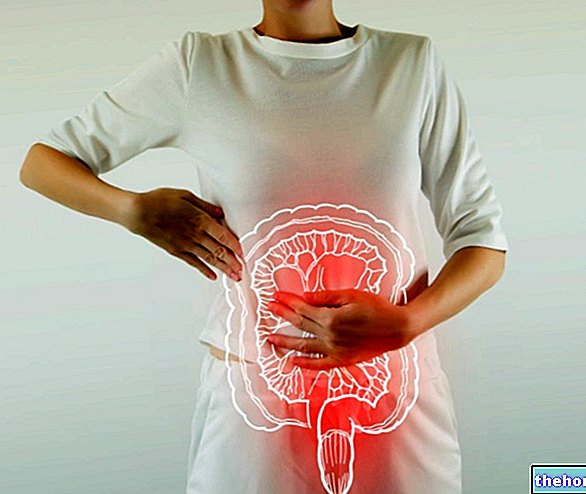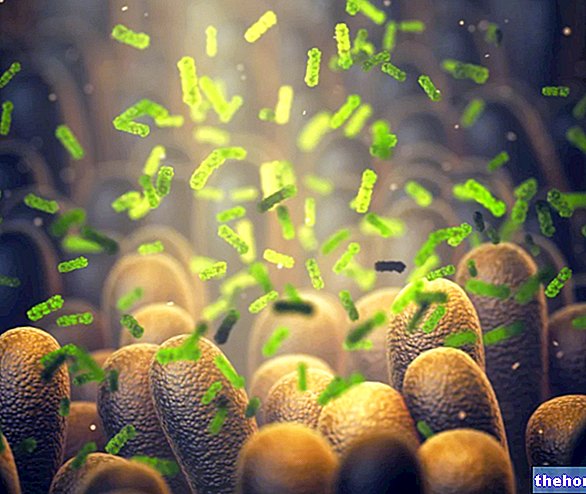Generality
Copro-culture is a microbiological examination aimed at the search for particular microorganisms in the faeces; it has therefore essentially diagnostic purpose, but thanks to the possible antibiogram it can also be useful to choose the most suitable medicine for the eradication of the pathogen.
How to Collect Feces
The collection of feces is entrusted to the patient, together with compliance with some rules aimed at the success of the coproculture; let's see them in detail:
- in order to avoid contamination with urine and detergents, defecation should take place in a container such as a "chamber pot", carefully cleaned; alternatively it is possible to line the toilet with toilet paper.
-

Once emitted, the faeces must be collected immediately with the help of the special spatula, then deposited in the relative container, filling it up to halfway. If the container contains a liquid, this must absolutely not be emptied but kept in place. It is very important to take the samples in three or four different points of the feces, taking care to collect them in correspondence with any traces of mucus, blood or pus (for the greater probability of finding any pathogens).
- After collection, the container, carefully closed and marked with name, surname and date, must be immediately taken to the analysis laboratory; alternatively it can be stored in the refrigerator for no more than 12/24 hours. Bacteria, in fact, can die or proliferate excessively and also the pH of the faeces can undergo important changes.
- Do not use laxatives, purges or suppositories to evacuate in the days preceding the coproculture. It is also necessary to suspend any antibiotic therapies, as prescribed by your doctor.
- Only in selected cases, such as difficulty in obtaining stool in infancy, can the fecal sample be collected through a rectal swab.
- The material should preferably be collected at the acute moment of the infectious process; to increase the chances of isolation of the pathogens, it may therefore be required to send three samples collected on different days to the laboratory.
- During the whole procedure it is advisable to wear latex gloves and at the end of the operations it is advisable to wash the hands thoroughly.
PLEASE NOTE: according to the pathogen sought, the indications provided by the analysis center may vary slightly from those described.
When is it done?
The doctor may prescribe the execution of a co-culture to discover the origin of gastrointestinal symptoms suggestive of an enteric infection, such as acute or chronic diarrhea, abdominal pain and severe meteorism.
A copro-culture is used to search for various types of bacteria or viruses.
Copro-culture requires an enrichment medium (where pathogens can multiply under optimal conditions) and a specific methodology. It must therefore be performed on the basis of a very specific clinical suspicion.
The standard copro-culture involves the search for: Salmonella spp. Shigella spp. and Campylobacter spp., all bacteria responsible for intestinal infections transmitted through the consumption of contaminated water or food and typically associated with diarrhea, abdominal pain, more or less high fever and the presence of mucus or pus in the stool (rare in campylobacteriosis).
Other microorganisms that, if necessary, can be searched for in the faeces (extended copro-culture) are: Yersinia spp. - Enteropathogenic Escherichia coli (EPEC) - Enteroinvasive Escherichia coli (EIEC) - Enterotoxic Escherichia coli (ETEC) - Escherichia coli O 157 (VTEC) - Vibrio spp. (Including cholera) - Aeromonas spp. - Bacillus cereus (+ toxin) - Staphylococcus aureus (+ toxin) - Clostridium spp. (+ Toxin) - Streptococcus agalactiae - Fungi.
In pre-pediatric patients, coproculture also focuses on the search for Rotaviruses, responsible for gastroenteritis (diarrhea and vomiting); after 5/6 years of age, however, the search for Rotaviruses through coproculture is not recommended, as patients are almost all immunized.
























-nelle-carni-di-maiale.jpg)




